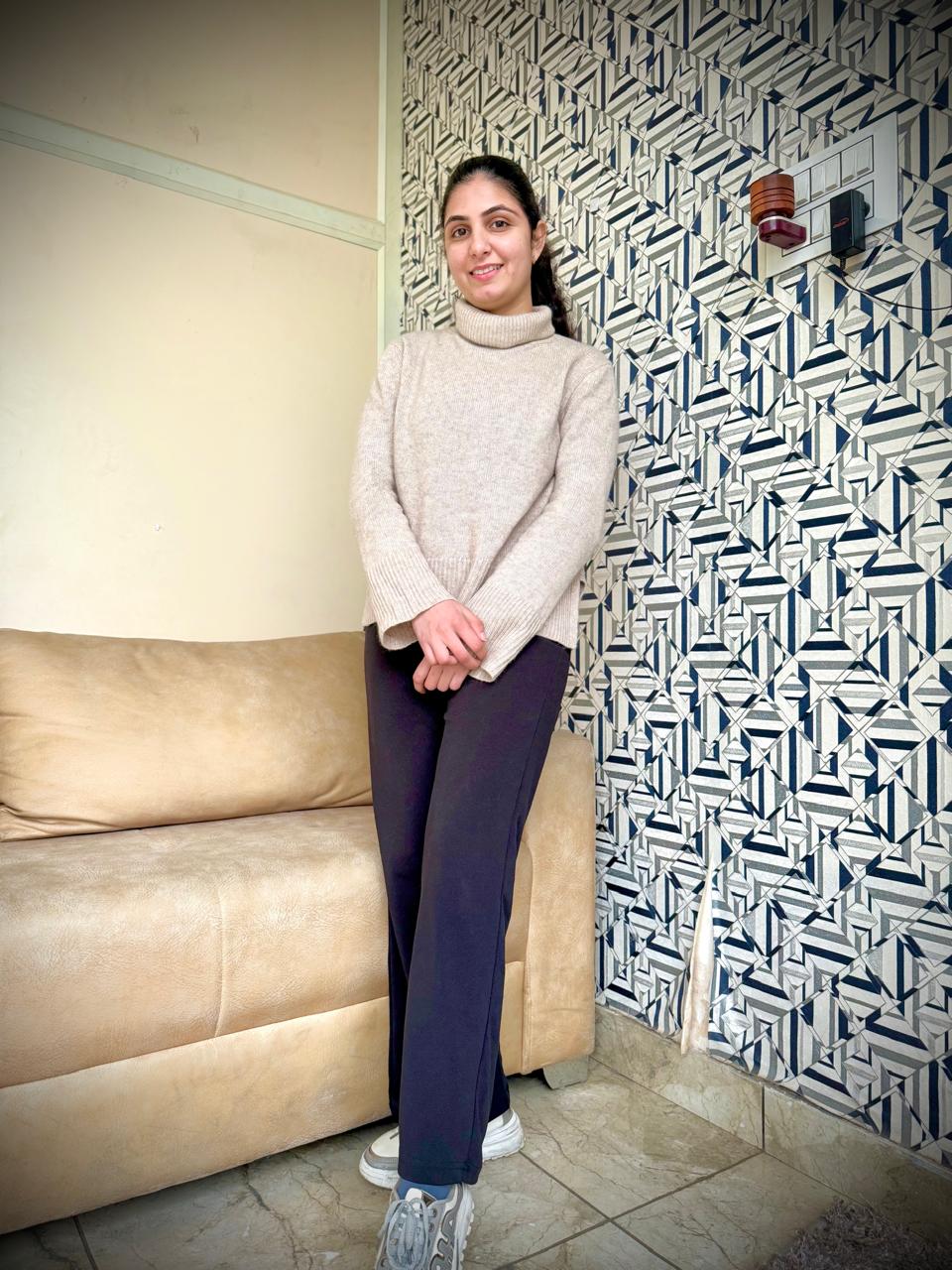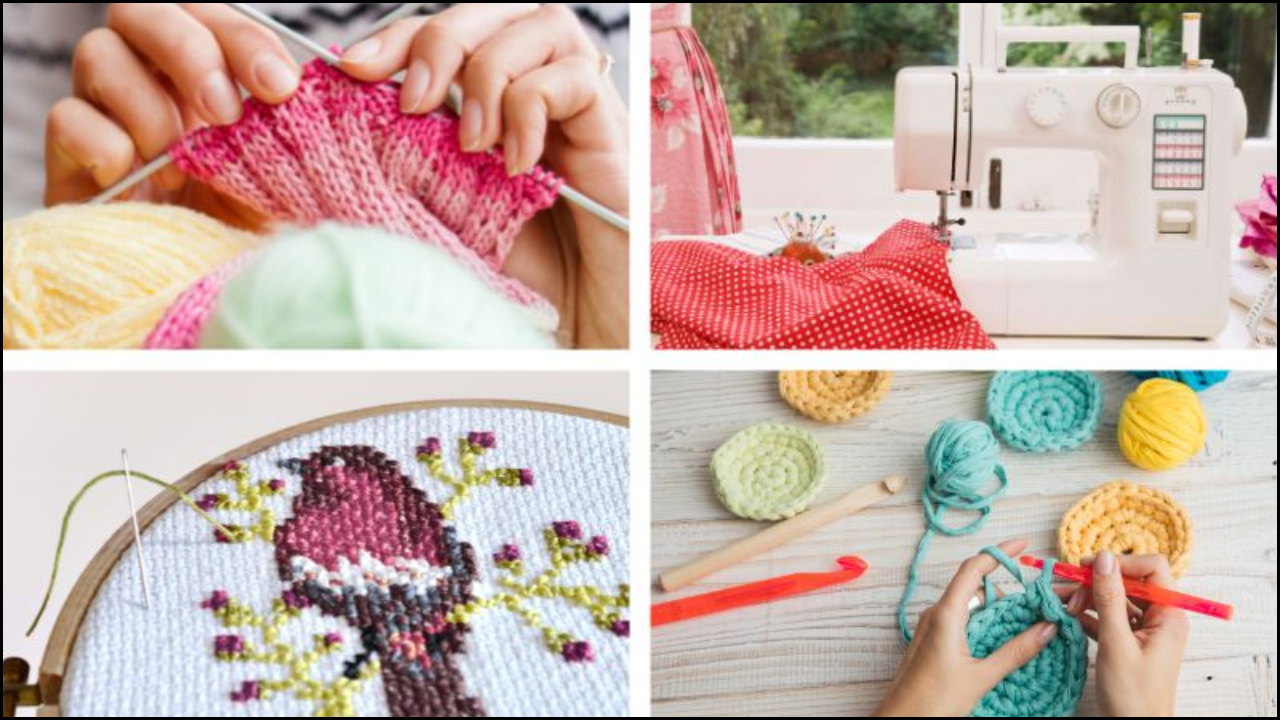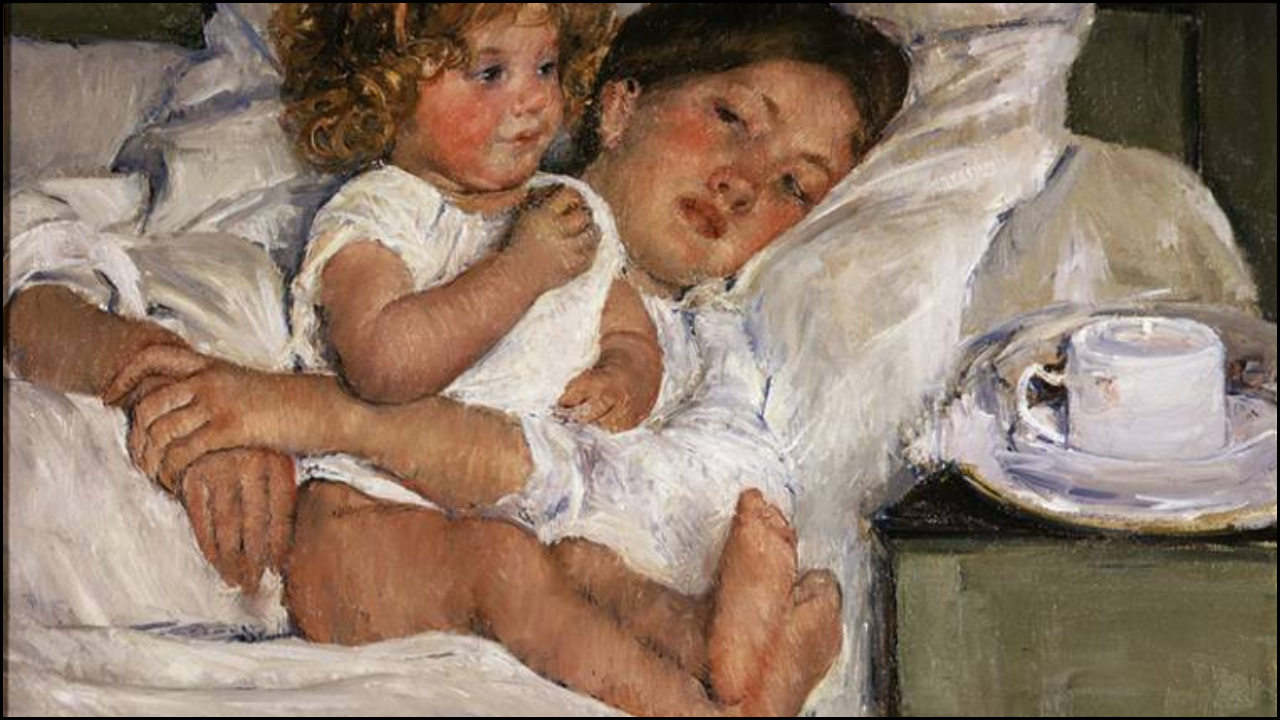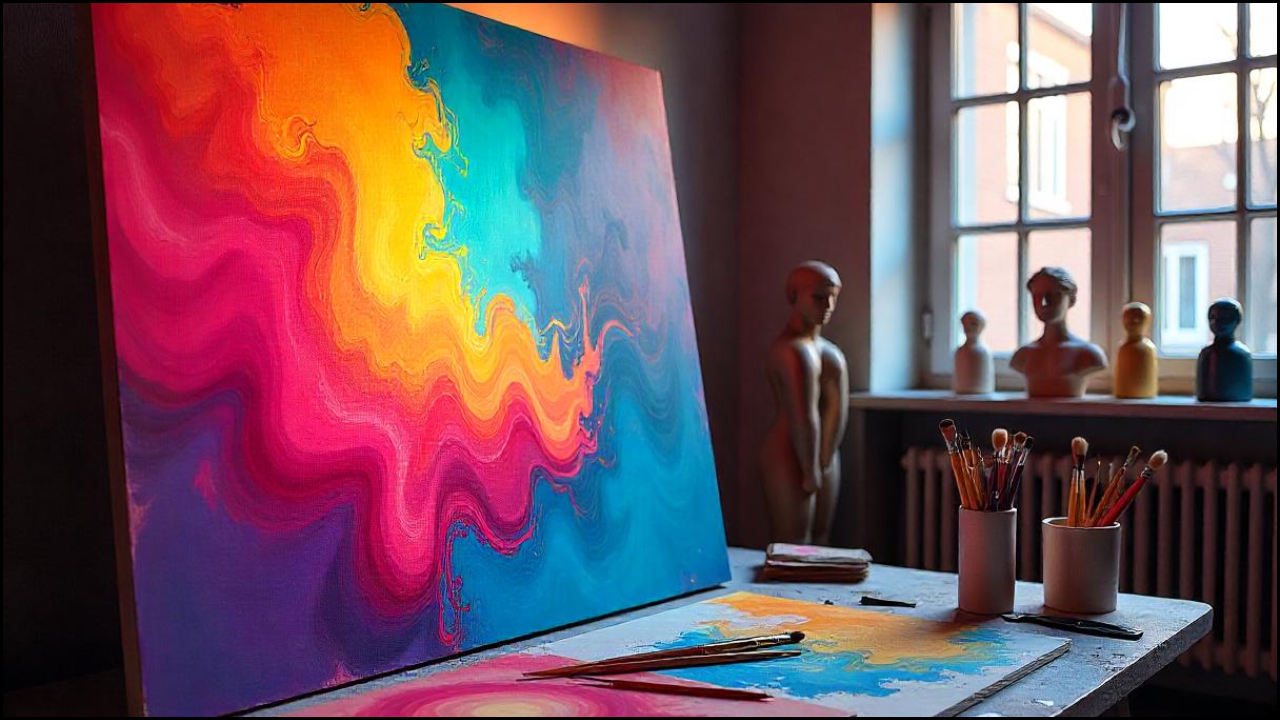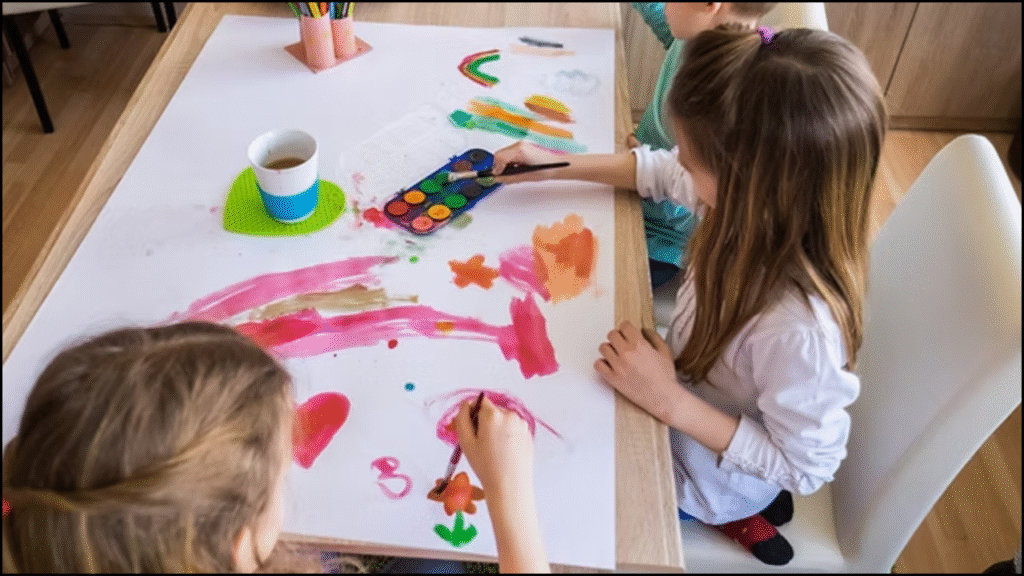
Childhood creativity plays a foundational role in shaping the identity and skills of professional artists. Early exposure to crafts such as drawing, paper folding, clay modeling, or stitching introduces children to the joy of self-expression and problem-solving. These small yet significant activities not only stimulate imagination but also provide the technical groundwork that later grows into professional artistry. The connection between playful experimentation and professional mastery reveals how the simplest childhood crafts can ignite lifelong artistic journeys.
Table of Contents
Early Exposure to Creativity
- Childhood crafts give young minds a platform for free expression without external restrictions.
- Early engagement with colors, textures, and shapes nurtures curiosity and exploration.
- Sensory experiences such as touching clay, folding paper, or using scissors provide a deeper connection with materials.
- These experiences develop the habit of observing details, which later helps in fine arts and design.
Skill Development through Childhood Crafts
- Motor skills improve when children handle brushes, cut shapes, or weave threads.
- Hand-eye coordination is strengthened through drawing, coloring, and assembling objects.
- Spatial awareness emerges when children learn balance in models or patterns in rangoli.
- Precision learned during early crafts reflects in later technical or digital artistry.
Creativity and Problem-Solving
- Craft activities encourage innovative thinking when children experiment with new materials.
- Mistakes become learning opportunities that build resilience and adaptability.
- Limited resources force children to improvise, a skill valuable in professional art.
- The ability to think outside the box often begins with simple childhood doodles or recycled projects.
Emotional Expression and Confidence
- Childhood crafts provide an outlet for expressing emotions when words fall short.
- A sense of accomplishment arises when a child finishes a handmade item.
- These small successes nurture self-confidence, essential for presenting art later in life.
- Emotional awareness developed in early years enhances the storytelling aspect of professional art.
Influence of Teachers and Family
- Parents and teachers often serve as the first art mentors by encouraging crafts.
- Family traditions such as festival decorations, rangoli, or handmade gifts pass on cultural values.
- Teachers introduce structure to creativity, blending fun with discipline.
- Early encouragement shapes motivation, which plays a major role in pursuing art as a career.
Transition from Childhood Crafts to Professional Art
- Many artists recall their childhood crafts as the spark that led to their careers.
- Skills such as sketching or clay modeling evolve into painting, sculpture, or design.
- Artistic exploration in childhood turns into formal training in institutes and universities.
- The playful approach of childhood often reappears in professional experimentation and style.
Examples of Childhood Crafts Shaping Artistic Careers
- Famous painters often began with crayons and coloring books.
- Sculptors frequently started with clay play in their early school years.
- Textile designers recall stitching buttons or creating fabric dolls with family.
- Architects sometimes mention childhood block-building games as their first inspiration.
Childhood Crafts and Their Influence on Professional Fields
| Childhood Craft | Skills Learned | Professional Art Connection |
|---|---|---|
| Drawing & Coloring | Motor skills, observation, imagination | Painting, illustration, graphic design |
| Clay Modeling | 3D thinking, texture understanding | Sculpture, pottery, installation art |
| Paper Folding (Origami) | Precision, patience, and spatial skills | Architecture, design, structural art |
| Stitching & Weaving | Pattern making, hand coordination | Fashion design, textile art |
| Block Building | Balance, geometry, planning | Architecture, product design |
| Festival Crafts (Rangoli) | Symmetry, cultural expression | Decorative arts, traditional painting |
Role of Play in Artistic Growth
- Playful crafts reduce fear of failure, making children more experimental.
- Open-ended activities like collage-making encourage storytelling.
- Group crafts during school projects promote teamwork, preparing artists for collaborations.
- Play keeps the process enjoyable, which carries into professional work.
Cultural Identity and Crafts
- Local crafts connect children to heritage, traditions, and folklore.
- Cultural exposure through crafts helps artists retain authenticity in professional work.
- Indigenous crafts spark an interest in preserving traditional methods within modern art.
- Professional artists often reintroduce their childhood cultural crafts in contemporary exhibitions.
Cultural Crafts and Professional Relevance
| Cultural Childhood Craft | Value Learned | Professional Impact |
|---|---|---|
| Rangoli Designs | Symmetry, symbolism | Traditional painting, floor art |
| Folk Puppet Making | Storytelling, handwork | Theatre arts, performance design |
| Pot Painting | Decorative imagination | Ceramic art, and home décor industries |
| Kite Making | Geometry, aerodynamics | Installation art, creative engineering |
| Tribal Painting (Warli, etc.) | Community expression, narrative | Contemporary gallery art, cultural revival |
Impact of Childhood Crafts on Modern Art Forms
- Digital artists often trace their creativity back to early sketchbooks.
- Contemporary sculptors use technology but acknowledge clay as their first teacher.
- Fashion designers experiment with digital prints, but started with hand embroidery.
- Street artists borrow ideas from childhood doodles, transforming them into large-scale murals.
Psychological Benefits of Childhood Crafts
- Crafts develop patience and concentration, crucial for professional detailing.
- They reduce anxiety by offering creative release.
- Crafts teach time management when children plan step-by-step activities.
- Self-reflection through art helps in developing an artist’s unique style.
Psychological Lessons from Childhood Crafts
| Aspect | Childhood Experience | Professional Outcome |
|---|---|---|
| Patience | Completing puzzles, stitching | Detailed work in painting and design |
| Confidence | Displaying craft projects in school | Public exhibitions, art presentations |
| Adaptability | Using limited materials creatively | Innovation in modern art practices |
| Focus | Intricate paper cutting | Precision in fine art and architecture |
| Emotional Release | Expressing feelings in drawings | Deep storytelling in professional works |
Legacy of Childhood Inspiration
- Many professional artists publicly acknowledge their early craft experiences.
- Childhood art competitions serve as stepping stones for future recognition.
- Sketchbooks and handmade toys often become keepsakes that fuel nostalgia.
- The transition from childhood crafts to professional art is less about change and more about growth.
Moving Forward
Childhood crafts form the roots of creativity that later blossom into professional artistry. Early experiments with simple materials shape technical ability, emotional depth, and cultural identity, all of which define the path of an artist. The journey from crayons and clay to galleries and studios demonstrates how childhood crafts hold timeless value in nurturing professional artistic expression.

